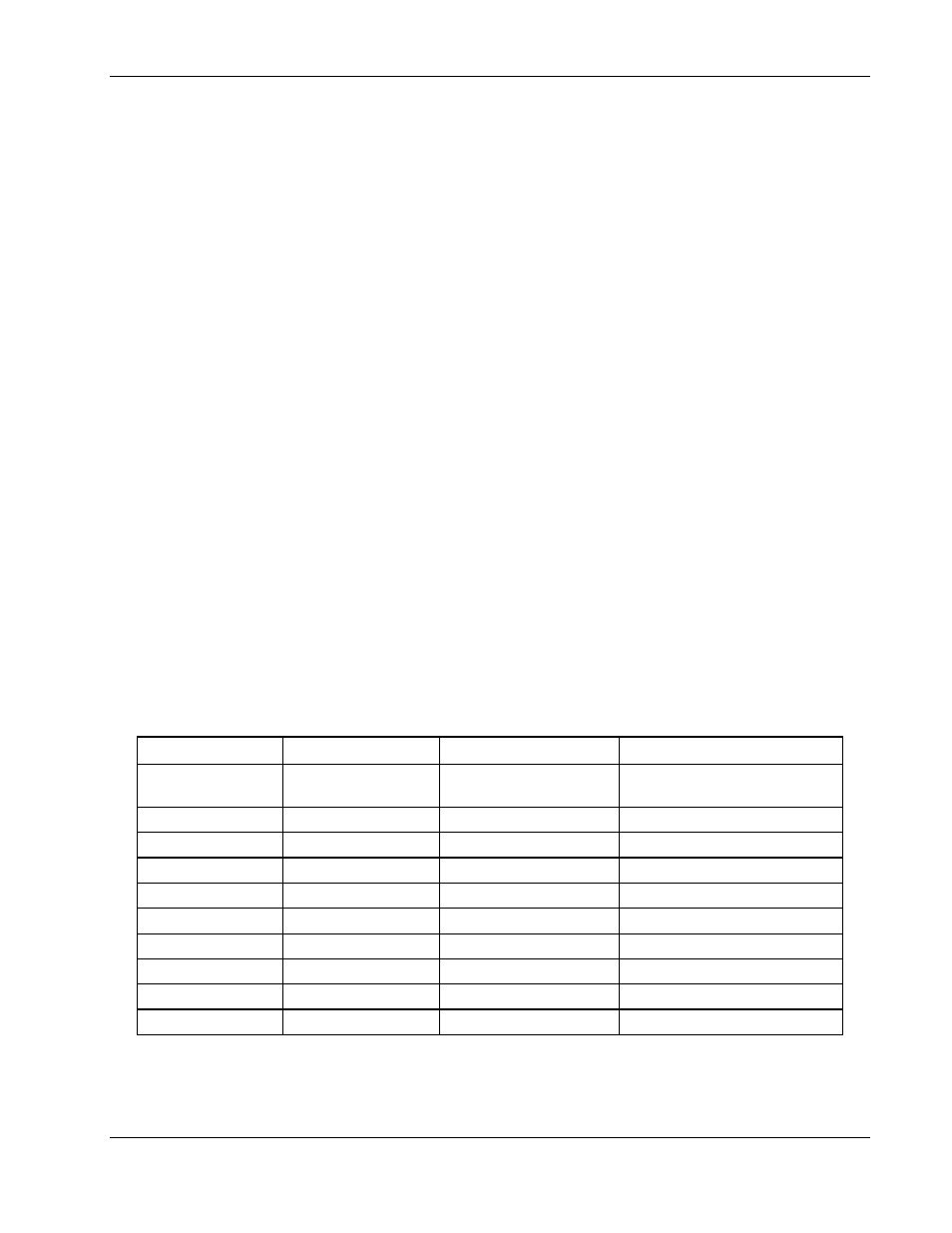Table 2–5 wire resistance and voltage drop -7 – AMETEK SFA Series User Manual
Page 31

Sorensen SFA Series
Installation
M550292-01 Rev G
2-7
device. Thus, this guide applies equally to the input cable and output cable for
this Sorensen instrument and application loads.
Power cables must be able to safely carry maximum load current without
overheating or causing insulation destruction. It is important to everyday
performance to minimize IR (voltage drop) loss within the cable. These losses
have a direct effect on the quality of power delivered to and from instruments
and corresponding loads.
When specifying wire gauge, consider the operating temperature. Wire gauge
current capability and insulation performance drops with the increased
temperature developed within a cable bundle and with increased environmental
temperature. Thus, short cables with generously derated gauge and insulation
properties are recommended for power source applications.
Be careful when using published commercial utility wiring codes. These codes
are designed for the internal wiring of homes and buildings and accommodate
the safety factors of wiring loss, heat, breakdown insulation, aging, etc.
However, these codes consider that up to 5% voltage drop is acceptable.
Such a loss directly detracts from the quality performance specifications of this
Sorensen instrument. Also, consider how the wiring codes apply to bundles of
wire within a cable arrangement.
In high performance applications requiring high inrush/ transient currents,
additional consideration is required. The cable wire gauge must consider peak
currents, which may be up to ten times the average values. An underrated wire
gauge adds losses, which alter the inrush characteristics of the application and
thus the expected performance.
Table 2–5 presents wire resistance and resulting cable voltage drop at
maximum rated current.
Column 1
Column 2
Column 3
Column 4
Size
(AWG)
Amperes
(Maximum)
Ohms/100 Feet
(One Way)
Voltage Drop/100 Feet
(Column 2 x Column 3)
14 20 0.257
5.14
12 25 0.162
4.05
10 30 0.102
3.06
8 40 0.064
2.56
6 55 0.043
2.36
4 70 0.025
1.75
2 95 0.015
1.42
1/0 125 0.010
1.25
3/0 165 0.006
1.04
Table 2–5 Wire Resistance and Voltage Drop
